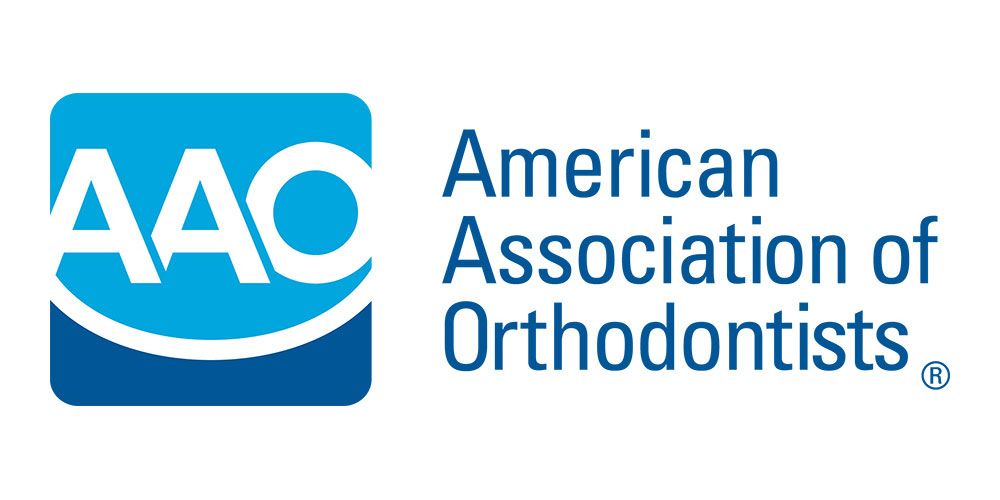American Association of Orthodontics Unveils State Advocacy Toolkit
The American Association of Orthodontics has compiled resources to report and monitor concerns about direct-to-consumer orthodontic treatment.
American Association of Orthodontics Unveils State Advocacy Toolkit

The American Association of Orthodontics (AAO) has announced the development of a toolkit designed to report concerns about direct-to-consumer (DTC) orthodontic treatment. These communications will assess risk to patient health and wellbeing.
The AAO’s DTC resources centerpiece is a position paper that highlights various concerns with certain DTC treatment. These concerns include failing to perform in-person exams as well as failing to take X-rays, among others. The AAO assures that these concerns are not new, but the paper is meant to support these concerns through credible peer-reviewed evidence, according to a press release from the company. AAO President Dr Kevin Dillehay said that this message was vital for orthodontics patients and clinicians.
“We are excited to combine the AAO’s advocacy messaging with the strength of the AAO’s scientific and academic resources,” Dr Dillehay said in the press release. “For the first time, we have a resource that clearly shows that the AAO’s advocacy positions on teledentistry and DTC are supported by strong scientific evidence, which demonstrates why the law should include these patient protections.”
This toolkit also includes one-page summaries of the AAO’s position on in-person exams and radiographic exams, a testimony by a former DTC-treating doctor, concerns related to informed consent, and public policy arguments made by the American Teledentistry Association.
Each of these resources have been collated to communicate to both boards and state legislatures on ways to best protect orthodontic patients. The webpage containing the toolkit will be accessible to the general public for informative purposes.
ACTIVA BioACTIVE Bulk Flow Marks Pulpdent’s First Major Product Release in 4 Years
December 12th 2024Next-generation bulk-fill dental restorative raises the standard of care for bulk-fill procedures by providing natural remineralization support, while also overcoming current bulk-fill limitations.